News
News / 06/04/2017 / 5457
Life in the Balkans may seem sometimes like a scene from Emir Kusturica's films. Quite often, everyday life is brought to the level of absurdity, so ordinary people are trying to build a life founded on common sense in the environment of absurdity. The region of the Balkans with its diversity is certainly the most exciting wine region of Europe where transformation and reshaping of wine scene is taking place at the speed of light. And right there, in the center of the Balkans, there are vineyards that are bizarrely classified according to two different Wine Laws.
We all know complicated history and present situation in Kosovo and Metohija, a territory that still lies stuck between politics, unresolved national disputes in the Balkans, interests of big and small global powers, personal traumas... The reality is that Serbia nowadays does not accept independence of Kosovo and Metohija (which is not recognized by The United Nations), but still considers it an autonomous province within Serbia (in accordance with UN declaration 1244). The reality is also that Albanian population in Kosovo declared independence from Serbia in 2008 and works hard to gain as many features of the independent state as possible. Therefore, for local Serbs, Kosovo and Metohija is still a part of Serbia, whilst for local Kosovo Albanians, Kosovo is an independent republic. In such a bizarre environment, the EU and NATO are striving to promote the idea that the situation has stabilized there and that everything is OK now, but as soon as you dig beneath the surface, an absurd or bizarre situation which cannot be found elsewhere in the world pops out.
One of these absurd situations is the fact that wine industry of Kosovo is regulated by two different laws: the Law on Wine of the Republic of Serbia, which outlines two wine regions in Kosovo and Metohija: North Metohija and Central Metohija wine regions. On the other hand, the Parliament of Kosovo (the independent one) also adopted its own Wine Law, which defines two wine regions: the region of Dukagjini and the region of Kosovo Plain. Ethnic Serbs from Kosovo have aligned their wine production with Serbian laws and sell their wines on the Serbian market (with small quantities exported to Austria, Switzerland and other countries). Albanian wineries have aligned their wine production with Kosovo law and sell their wines in Kosovo, in the Balkans and beyond.
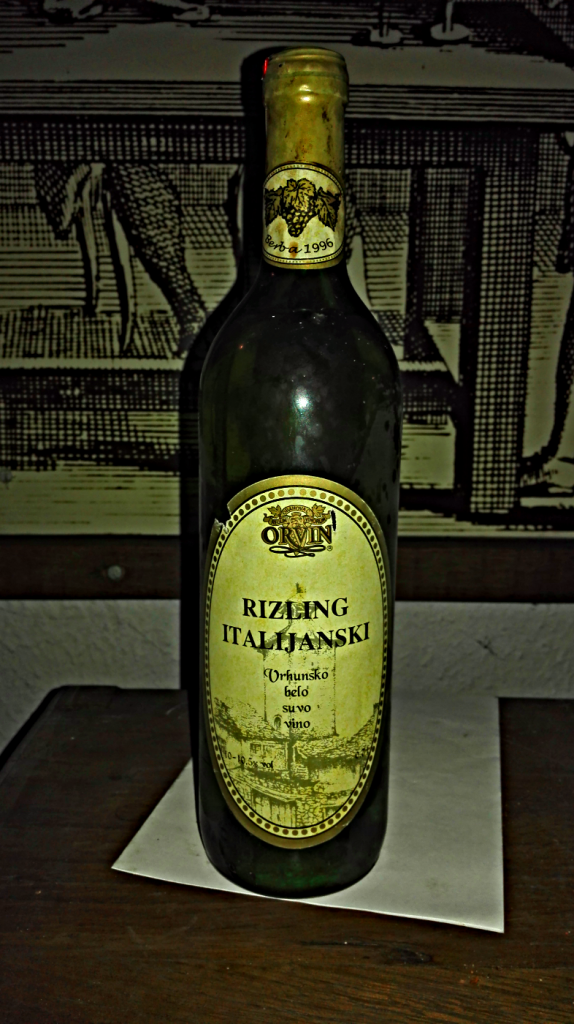
In order to get comprehensive understanding of winemaking in Kosovo and Metohija, it is necessary to observe all wineries. In Serbia, we have an opportunity to drink prevailingly wines from Serbian wineries located in Kosovo and Metohija, so this year at ProWein Fair in Düsseldorf I had an opportunity to taste wines produced by Albanian wineries in Kosovo for the first time and thus got the whole picture.
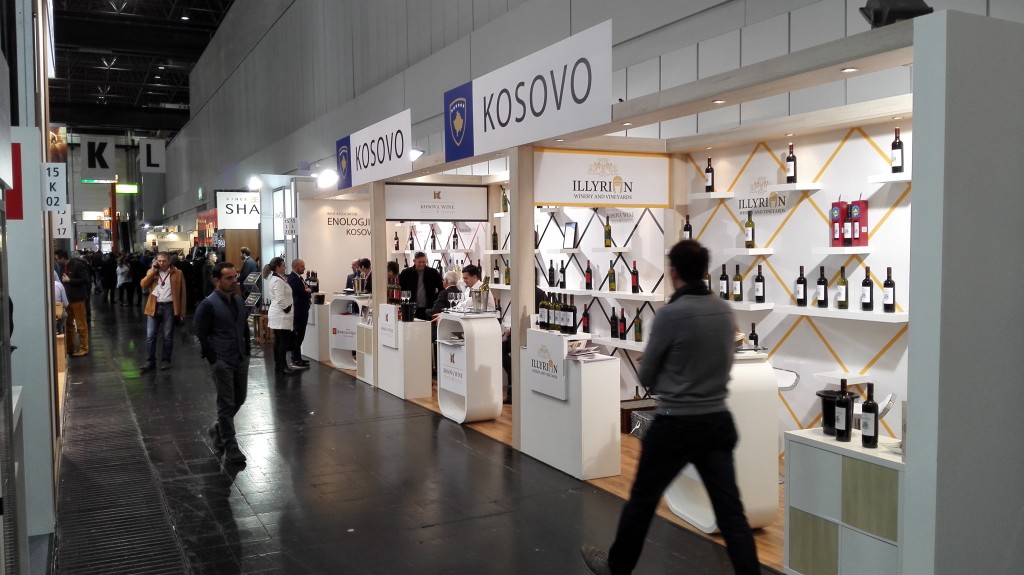
KOSOVO WINEMAKING PROFILE
In 1988, there were 9,000 hectares of vineyards in the territory of Kosovo and Metohija. Nowadays, the area covered by vineyards totals 3,220 hectares.
If we speak about white varieties, the most common grape varieties are Smederevka (45% i.e. 358 hectares), Italian Riesling (28% i.e. 218 hectares), Chardonnay (13% i.e. 106 hectares), Rheinriesling (6% i.e. 48 hectares) and Župljanka (3% i.e. 26 hectares). Concerning black grapes, the most common grape varieties are: Vranac (26% i.e. 447 hectares), Prokupac (25% i.e. 401 hectares), Gamay (18% i.e. 289 hectares), Pinot Noir (11% i.e. 112 hectares).
Within 2007-2014 period, Kosovo exported 41,657,264 liters of wine in total. Number one destination for Kosovo wine sale is Serbia (13,289,071 liters), followed by exports to Germany (6,194,042 liters), Croatia (9,090,383 liters), Macedonia (2,809,194 liters) and Slovenia (2,881,026 liters)
Kosovo has adopted the basic Wine Law, however, by-laws have not yet been adopted that would define clearly the content of the label. Therefore, you should be cautious when dealing with Kosovo Albanian wine labels because they don't define precisely the meaning of terms such as Reserve, Exclusive Reserva, Extra (?!?), etc. It may also happen that the label "Riesling" depicts a wine made from Italian Riesling. Further harmonization with EU legislation will also regulate this segment of Kosovo's wine-making, similar to Serbia where these legal steps have already been taken.
BODRUMI I VJËTER (OLD CELLAR)
This winery is a successor of Orahovac Agricultural Cooperative, originally founded in 1953. Following privatization in 2006, the winery changed its name to Old Cellar, modernized equipment and technology. The winery owns 2.3 hectares of vineyards, while cooperating with local farmers who provide grapes from another 526 hectares of vineyards. The Old Cellar Winery buys nearly a million kilograms of grapes from small producers, and in 2007 it produced nearly 2 million liters of wine.
Elephant Chardonnay 2014 - Wine with distinctive varietal characteristics of Chardonnay. Plentiful aromas of tropical fruit, mango, banana, apricot, peach. The palate reveals full-bodied wine, lively acidity which contributes to impression of freshness. Long, persistent finish. The price of this wine is 8 EUR, so definitely good price-quality ratio.
Vranac 2014 - If we were to search for the flagship grape of Kosovo, then it would certainly be Vranac. Easily recognizable in a glass by its colour intensity. The nose shows lots of black and red forest fruit, complemented with hints of vanilla and sweet spices. Not excessively complex wine, but thanks to its intensity and full-body, it leaves a striking impression.
Elephant Cabernet Sauvignon 2014 - I was wondering why Kosovo wines were marketed with "elephant" label. Inspiration actually came from a bronze statue of elephant dating from the end of the first century/the beginning of the second century AD which had been excavated by archaeologists in the territory of Orahovac. This statue is nowadays kept at the National Museum in Belgrade. The wine matured in Hungarian oak barrels. Ripe tannins, fresh acidity... Further aging will further polish the wine and give it additional softness and warmth. I asked for the price of this wine that is sold mainly in restaurants in Kosovo. Ex-cellar price is 10 EUR, while prices in restaurants of Priština reach 40 EUR.

ILLYRIAN WINERY (BIOPAK)
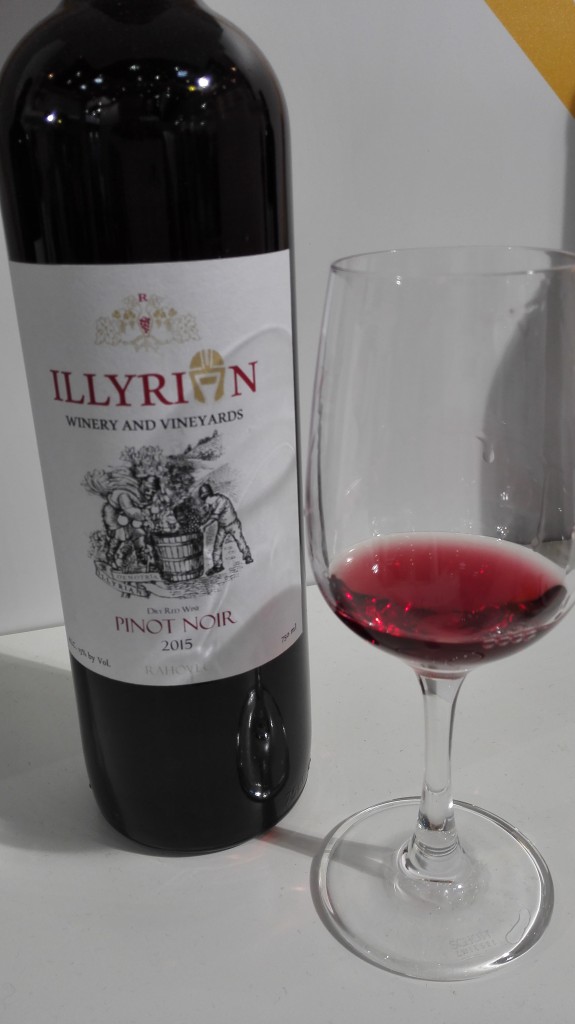

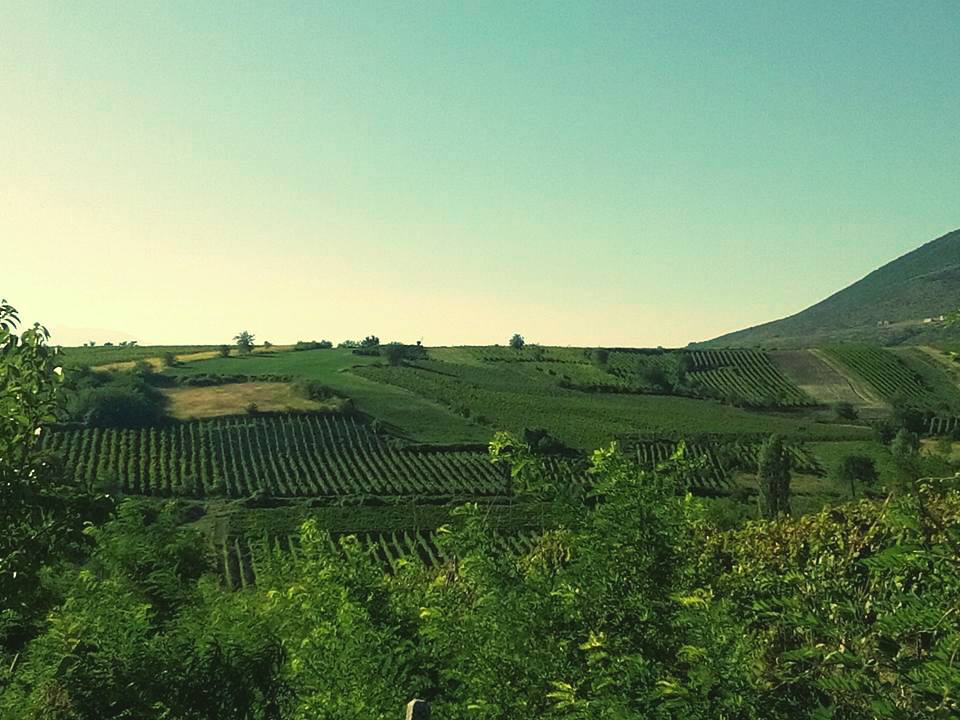
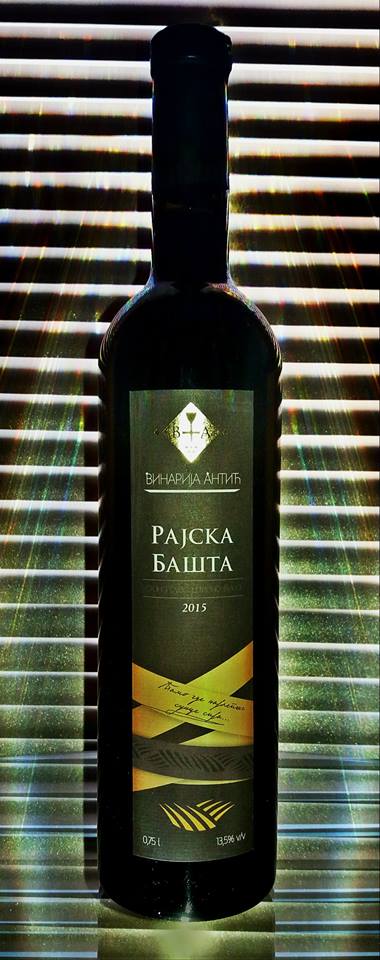
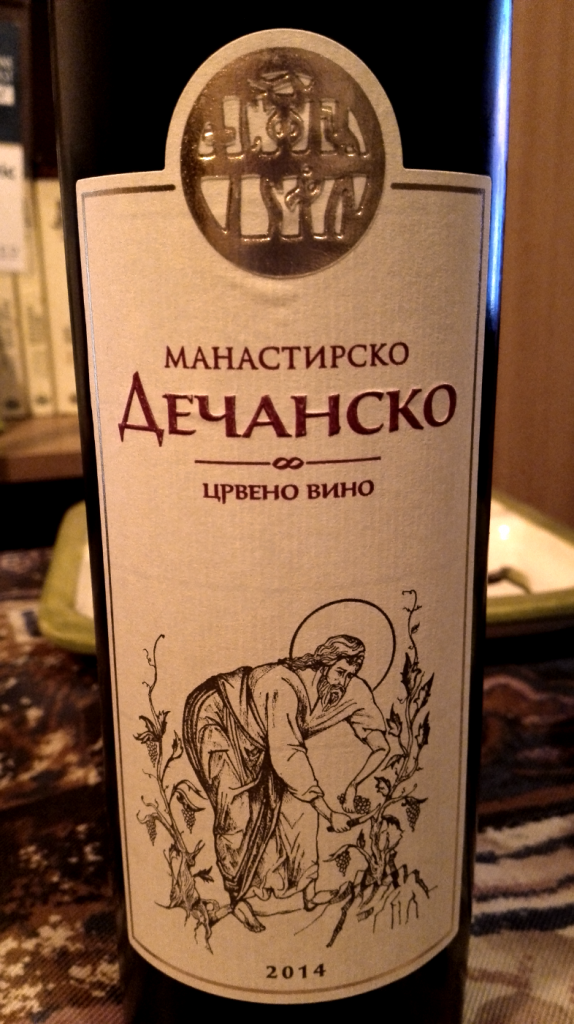
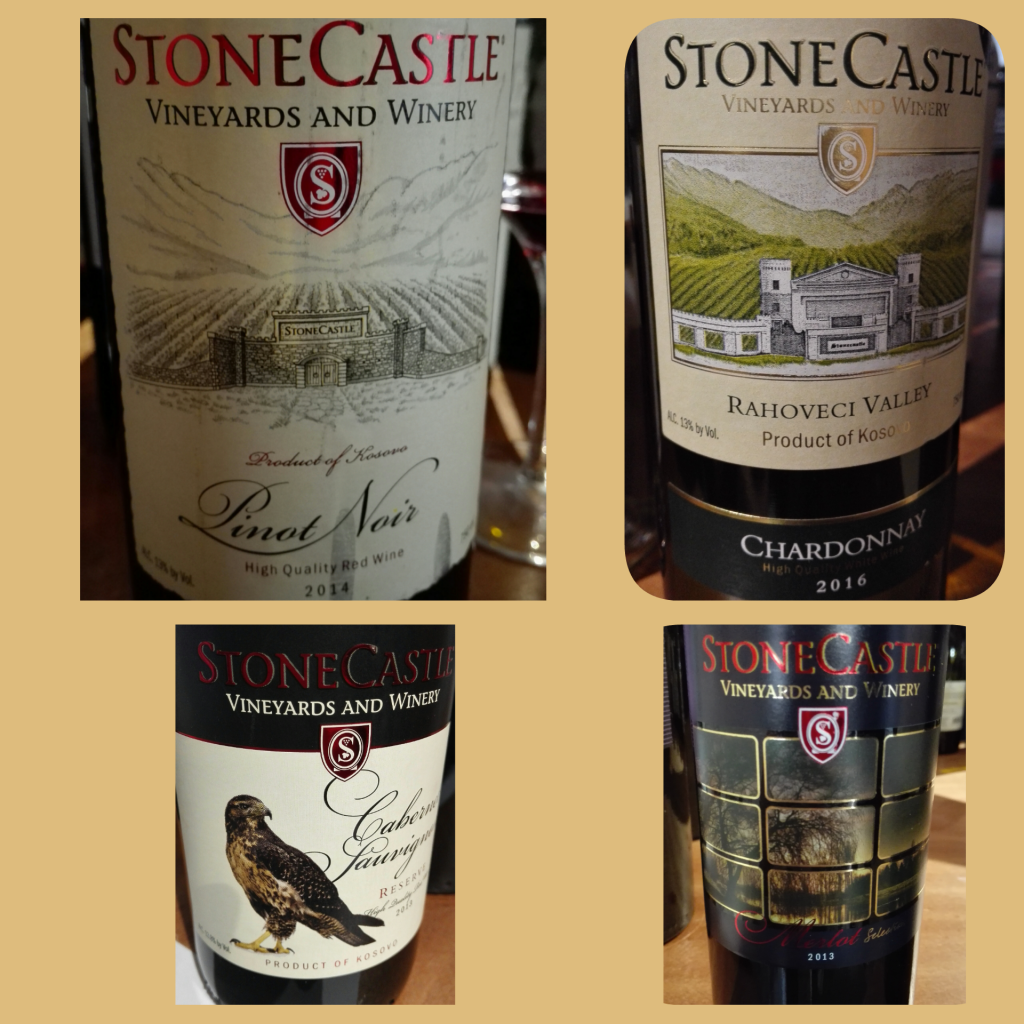

Tomislav Ivanović
Awarded wine writer, wine critic and contributor to selected wine magazines. WSET3-certified author and editor-in-chief of www.vinopedia.rs. Member of Vojvodina Sommelier Association. Juror in national and international wine competitions. Lecturing about wines of Serbia and the Balkans. Local partner of Wine Mosaic organization. Co-founder of International Prokupac Day.

Pročitajte i druge članke iz ove rubrike:


VINOPEDIA TOP 10 2024
PROČITAJ VIŠE


GIUAANI - VINSKI TURIZAM NA GRUZIJSKI NAČIN
PROČITAJ VIŠE


SPASIMO STARE VINOGRADE SRBIJE
PROČITAJ VIŠE
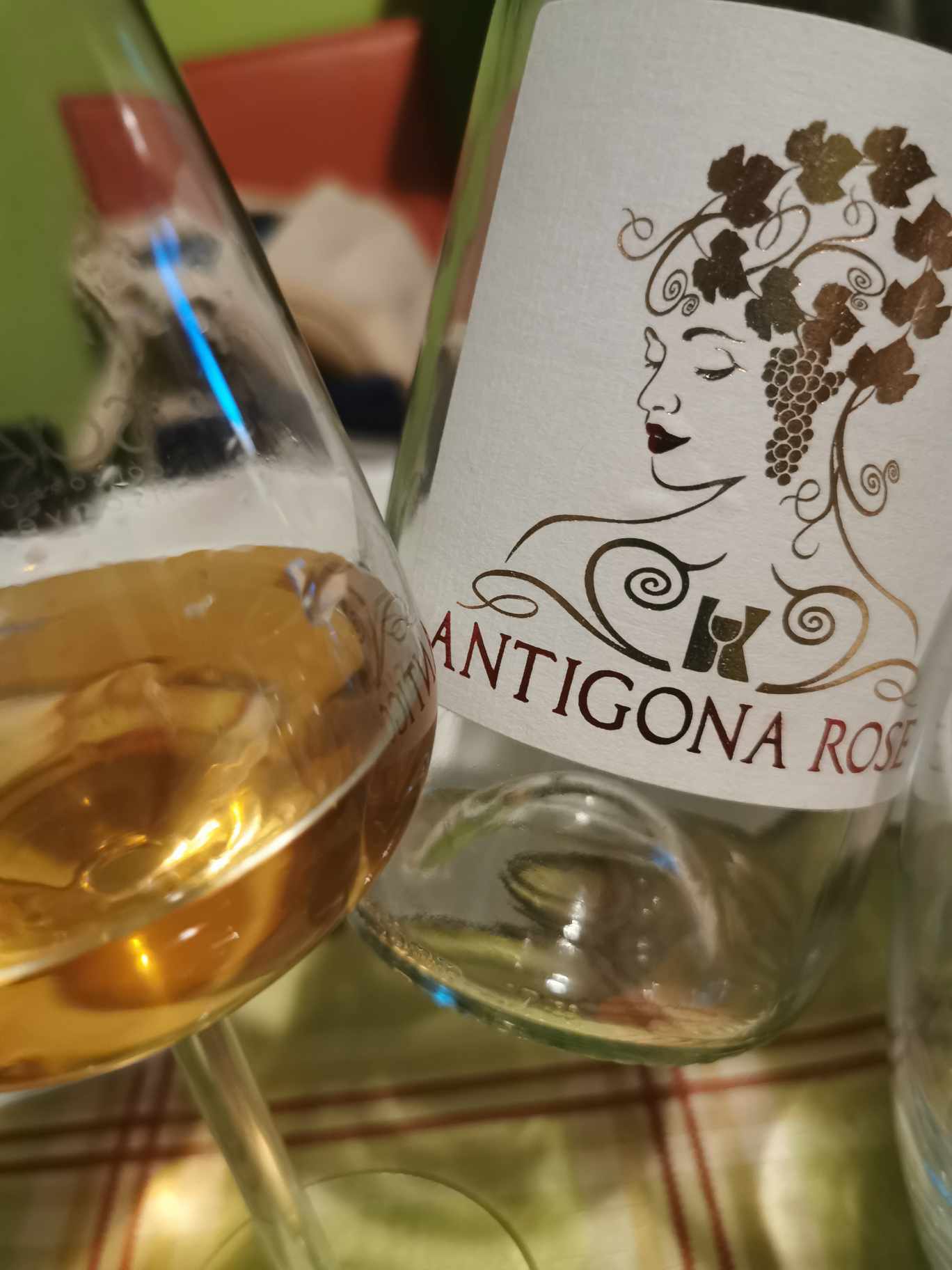

NAŠLI SMO ANTIGONU IZ ORAHOVCA
PROČITAJ VIŠE
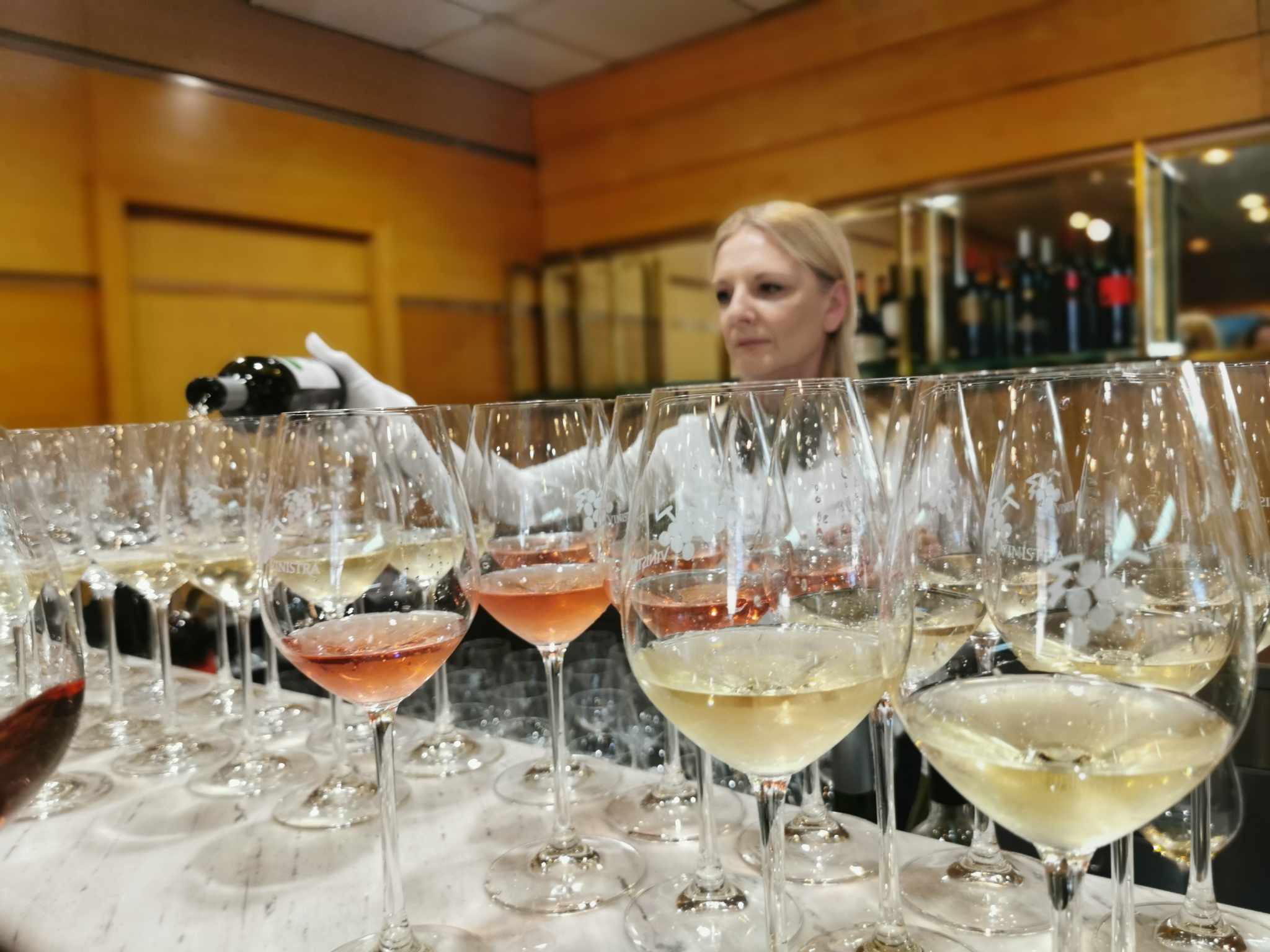

SRPSKO VINO KOŠTA 100 EUR - I ŠTA ĆEMO SAD?
PROČITAJ VIŠE
Winner MILLESIMA BLOG AWARD 2016

Pobednik MILLESIMA BLOG AWARD 2016
VINO & FINO wine personality of the year 2016

VINO & FINO vinska ličnost godine 2016